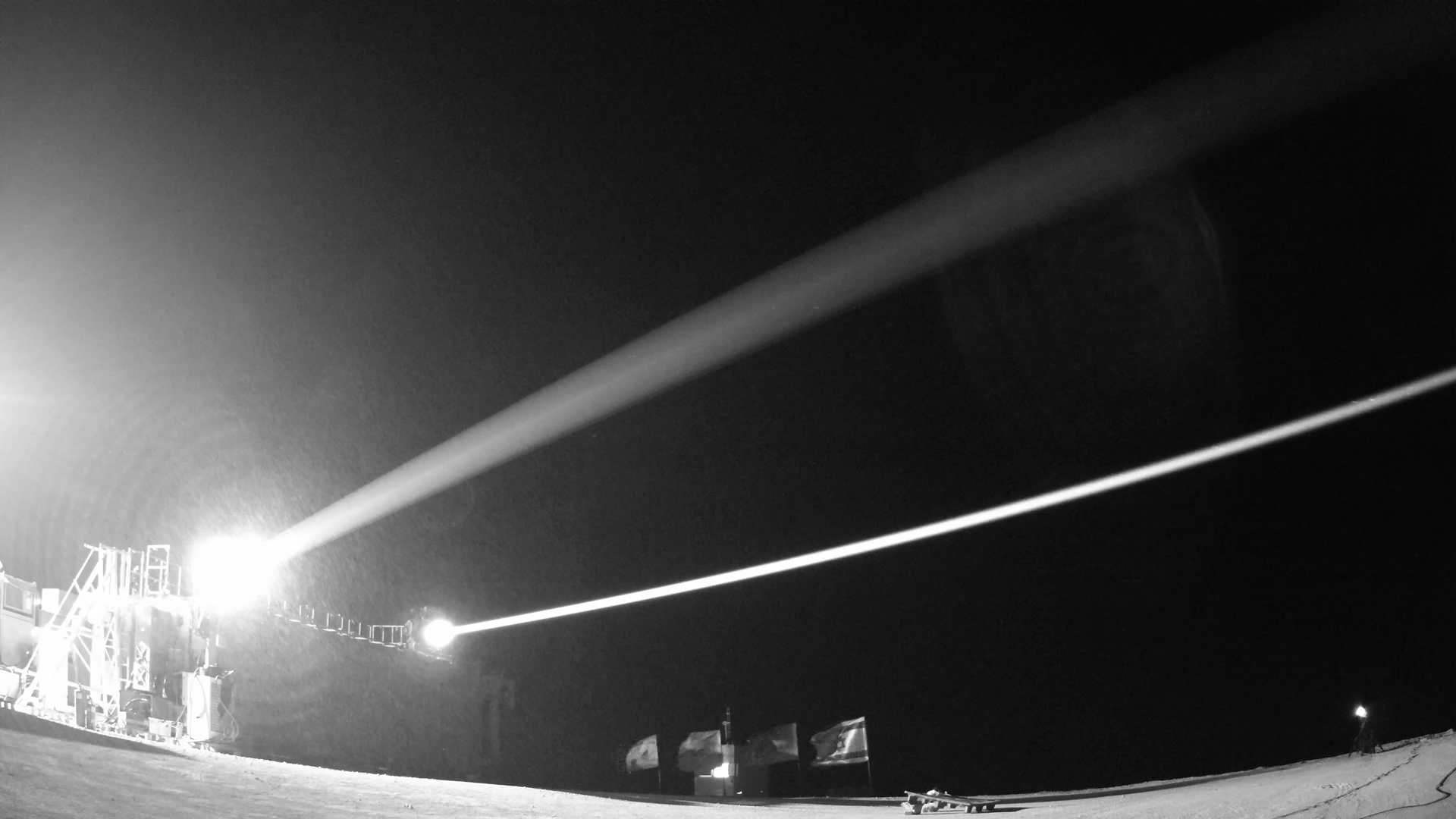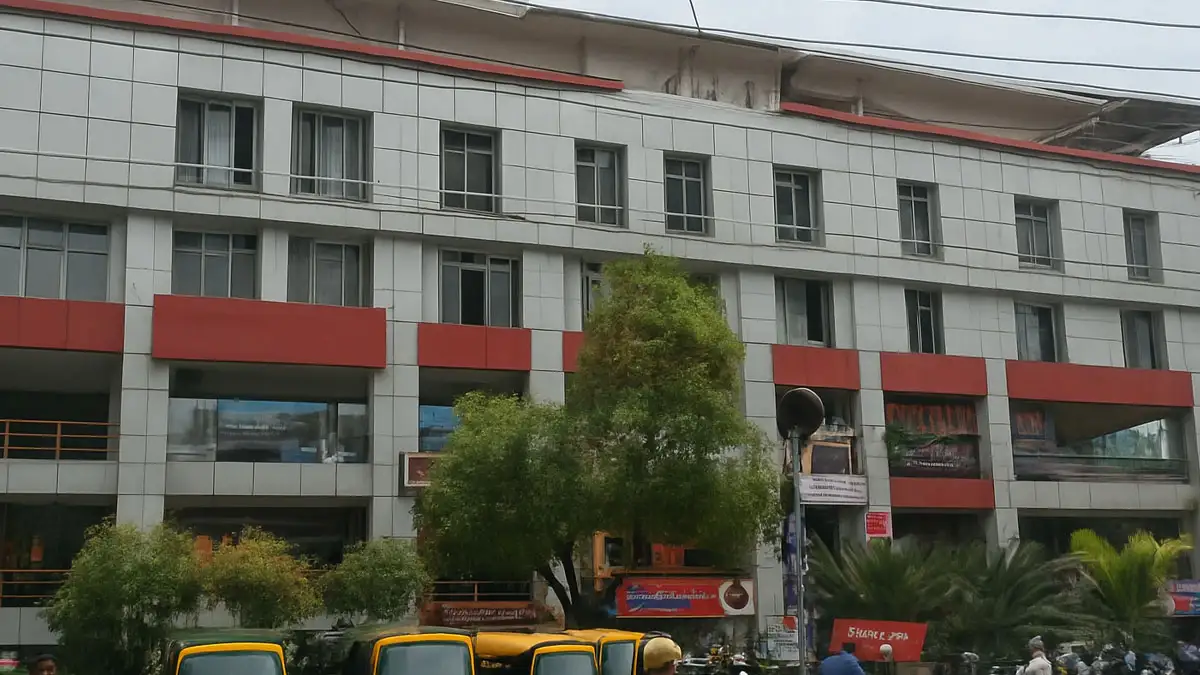
JERSUALEM — Israel has completed a series of key tests on its Iron Beam laser air defense system, a “final milestone” before full deployment later this year, the Ministry of Defense and contractor Rafael announced today.
The Iron Beam system, which will be integrated with the existing Iron Dome short range kinetic interceptor, has proven to be effective against rockets, mortars, aircraft and UAVs, according to the MoD, which called today’s news a “global technological and engineering breakthrough.”
The tests, which set the stage for “the first systems set to be integrated into the IDF air defense arrays by year-end,” were carried out with the Research and Development unit within the ministry’s Directorate of Defense Research and Development, in partnership also with the Israeli Air Force. Israel began production of the system, which also has Elbit as a subcontractor, more than two years ago, according to a defense official, and has been using it in limited live-fire tests.
Israel’s Defense Minister Israel Katz praised the laser’s tests, saying it “places the State of Israel at the forefront of global military technology and makes Israel the first nation to possess this capability.”
The potential for laser-based interception of drones, missiles and rockets is one long-desired by militaries, given the cost discrepancy between an expensive kinetic interceptor and incoming small drones or rockets. An Israeli defense official, speaking to reporters ahead of the announcement, noted that the marginal cost of a laser interception, estimated at less than several dollars, will lower the burden of cost on Israel’s air defenses.
The Iron Beam can burn or fry objects at a range of around ten kilometers. The interception takes “seconds,” the defense official said.
Israel’s current multi-layered air defenses consists of Arrow 2 and 3 which is used for ballistic missile and exoatmospheric threats, along with David’s Sling, which is a medium range interceptor similar to the Patriot system, as well as the iconic Iron Dome. The latter has been improved over the years to confront UAVs, cruise missiles and other emerging threats.
Israeli defense officials have said that the Iron Beam system is expected to be deployed with the Iron Dome batteries that Israel has, integrating with its command and control. The laser air defenses will be able to cope with salvos of rockets or other threats. It has also been tailored to deal with atmospheric conditions that affect lasers, such as fog.
Outside of this first version of Iron Beam, Israel is also exploring tactical lasers for maneuvering forces and airborne options.
Rafael’s Chairman, Yuval Steinitz, stated that “Rafael’s laser system, built on our proprietary adaptive optics technology, will undoubtedly be a game-changing system with unprecedented impact on modern warfare.” The company is certainly all-in on that statement: Rafael has developed at least three different types of these laser air defenses, which they have showcased abroad. These include a longer range high-powered laser, as well as a tactical laser for maneuvering forces.
This final milestone for Iron Beam happens as Israel is expanding a new offensive in Gaza City and also continues to confront threats from the Iranian-backed Houthis in Yemen.
“Our enemies from Gaza, Iran, Lebanon, Yemen, and other arenas should know: just as we are strong in defense, we are strong in offense – and we will do everything to protect the security of Israeli citizens,” Katz said.



